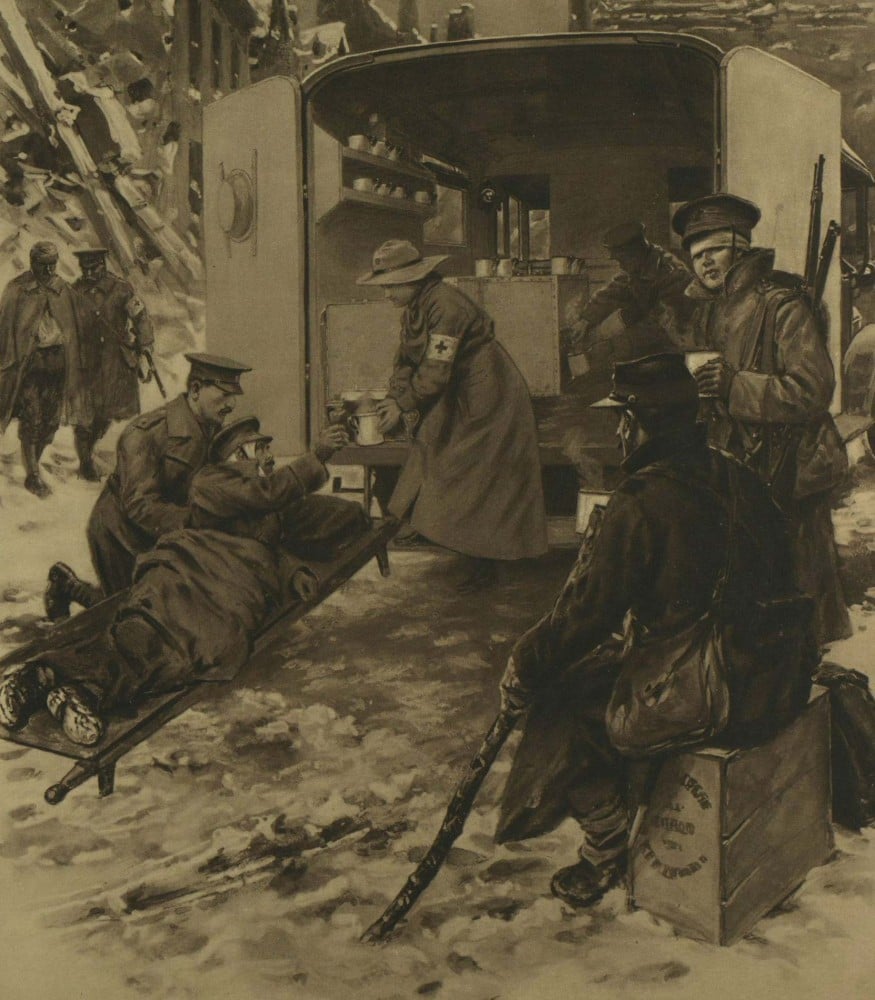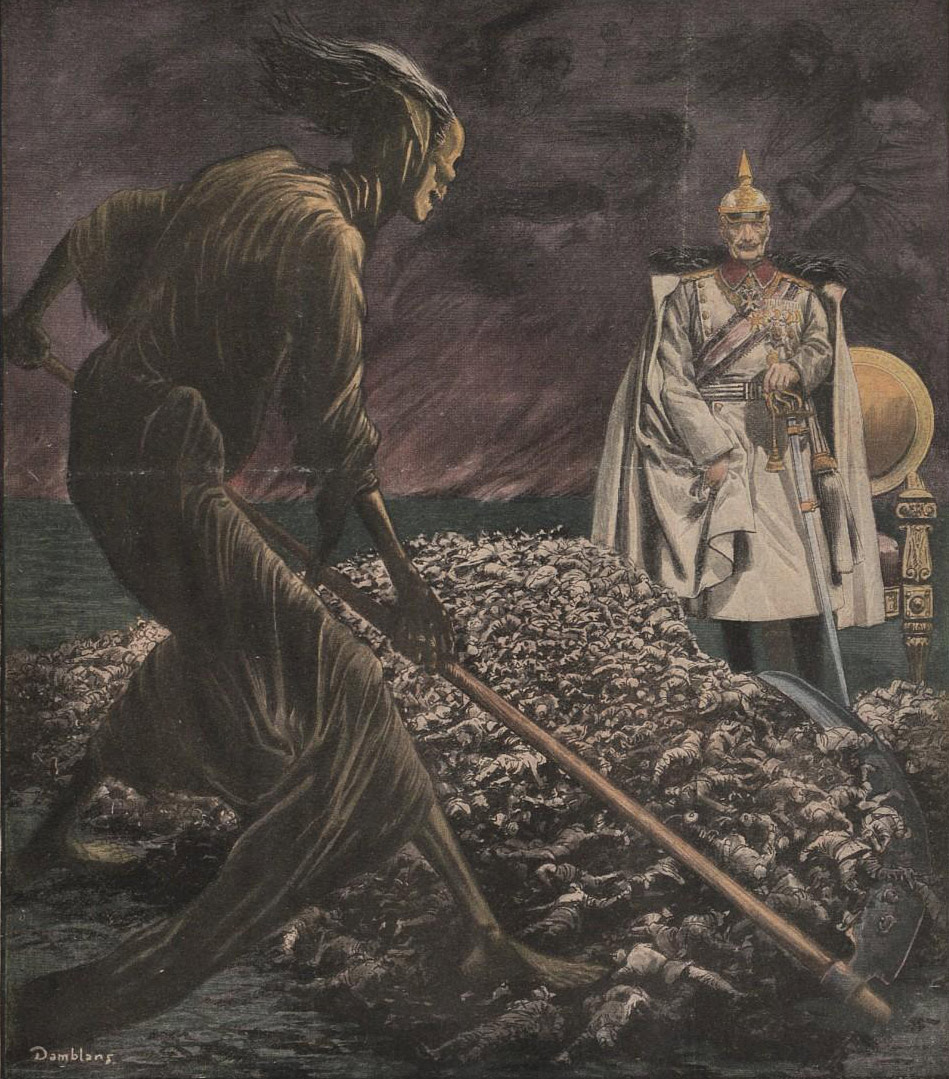British war casualties exceed 100,000
The state of play after six months of war
Westminster, 8 February 1915 - The British Prime Minister Herbert Asquith this week told the House of Commons that up to 4 February 1915 there have been 104,000 casualties suffered by the British Expeditionary Force.
German losses for the first months of war are now estimated to have reached 988,950, of whom 615,059 have been wounded.
Huge numbers of Russian, French, Austrian and Belgians are also known to have died.
In all the nations at war, governments continue to enlist tens of thousands of men to replace those who can no longer fight.

An English recruitment poster from 1915. All of the belligerent nations are actively recruiting men to replace those that have been killed and injured. (Image: Library of Congress Prints and Photographs Division Washington, D.C. 20540 USA)
No significant gains
Six months since the outbreak of the war in Europe, belligerents are deadlocked across the continent.
Battles between British and German soldiers between La Bassée and Givenchy in France have left many dead on both sides. Attack and counter-attack has again seen neither side gain significant ground on the other. There was hour-after-hour of hand-to-hand fighting, with artillery shelling also bringing scores of deaths.
A special department of the British Red Cross society, under the direction of Lord Robert Cecil, is engaged in identifying and marking the graves of British soldiers who have fallen in France and Belgium. The committee has already accepted that many graves can never be identified.

Members of the British Red Cross Society pictured here serving soup to the wounded at the front. A special department of the organisation has also formed with the responsibility of identifying the locating the graves of fallen British soldiers in France and Belgium. (Image: Illustrated London News [London, England], 2 Jan 1915)
The Eastern Front
Meanwhile, there have also been thousands of deaths on the Eastern Front where Russian and German troops have been engaged in a brutal struggle along the banks of the River Vistula, the longest river in Poland.
One witness noted: ‘To judge from the bodies abandoned, the Germans seem to have lost in killed and wounded during the six days of attack, some tens of thousands of men.’
Fierce fighting is also raging in the Carpathians where casualties on both sides are said to be immense.
A Russian soldier was reported as saying that their aviators had dropped bombs on German trains and on troops, and that the infantry had also thrown bombs into German trenches: ‘All the mountain slopes were littered with the bodies of dead Germans.’
[Editor's note: This is an article from Century Ireland, a fortnightly online newspaper, written from the perspective of a journalist 100 years ago, based on news reports of the time.]





















